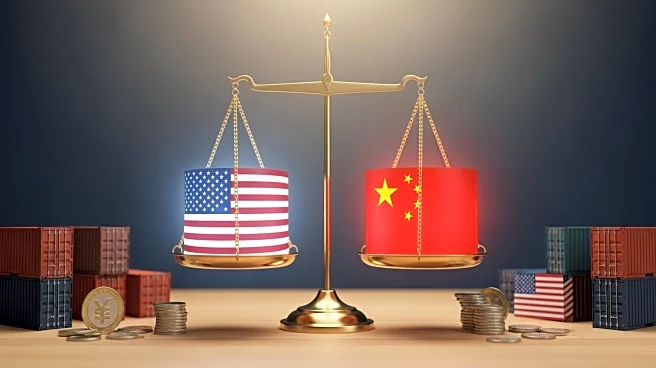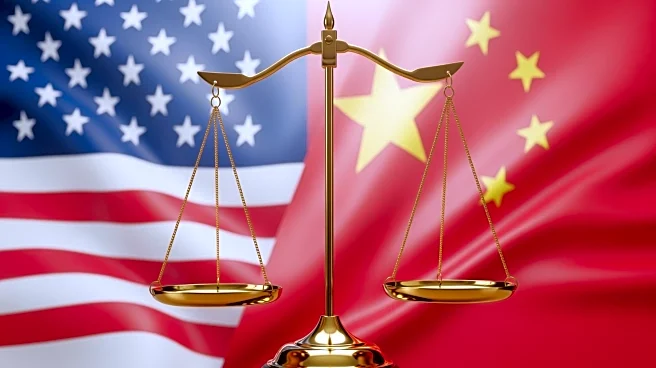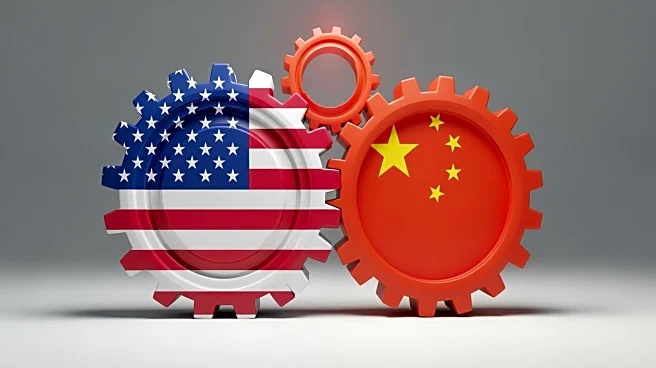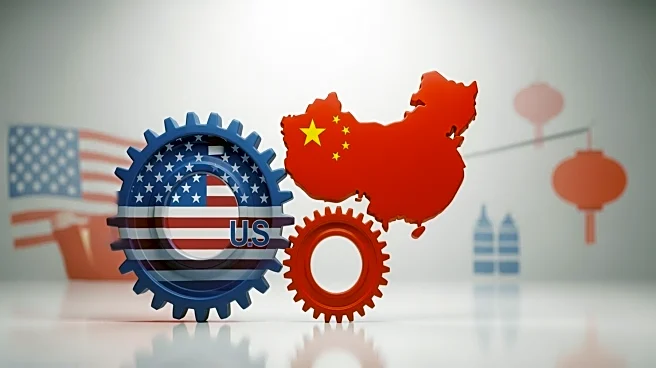What's Happening?
Top economic officials from the United States and China have developed a framework for a trade agreement that aims to pause the imposition of steeper American tariffs and Chinese export controls on rare
earths. This development comes after discussions at the ASEAN Summit in Kuala Lumpur, where US Treasury Secretary Scott Bessent announced that the threat of 100% tariffs on Chinese imports, set to begin on November 1, has been eliminated. The talks also addressed China's export controls on rare earth minerals, which are crucial for high-tech manufacturing. Both countries have agreed to pause some punitive actions and explore ways to balance trade deficits. The framework will be presented to President Trump and Chinese President Xi Jinping for approval during their upcoming meeting at the Asia-Pacific Economic Cooperation summit in South Korea.
Why It's Important?
The potential trade agreement between the US and China is significant as it could prevent further escalation of trade tensions between the two largest economies in the world. The imposition of tariffs and export controls has the potential to disrupt global supply chains, particularly in industries reliant on rare earth minerals, such as electronics and defense. A successful agreement could stabilize markets and benefit US soybean farmers, who have been affected by China's preference for Brazilian and Argentine soybeans. Additionally, the deal could lead to increased access to Chinese markets for US goods, helping to reduce the trade deficit. The outcome of these negotiations will have far-reaching implications for global trade and economic stability.
What's Next?
President Trump and President Xi are scheduled to meet on Thursday to finalize the terms of the trade agreement. Both leaders will need to navigate internal approval processes within their respective countries. The meeting will also address other contentious issues, such as the US fentanyl crisis and the transfer of TikTok to US ownership. The outcome of these discussions could set the tone for future US-China relations and impact global economic policies.











